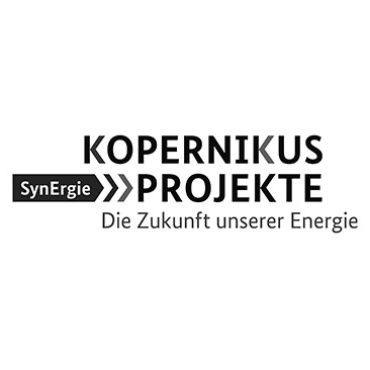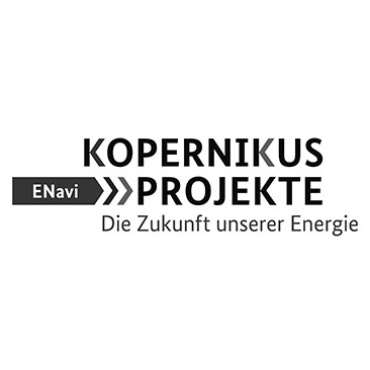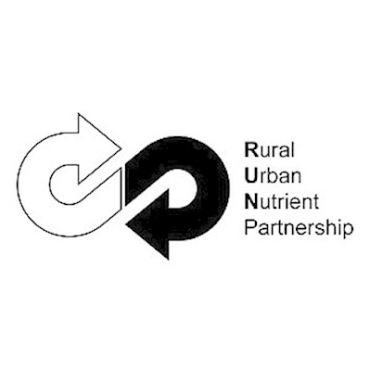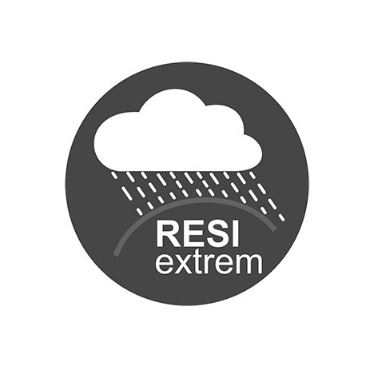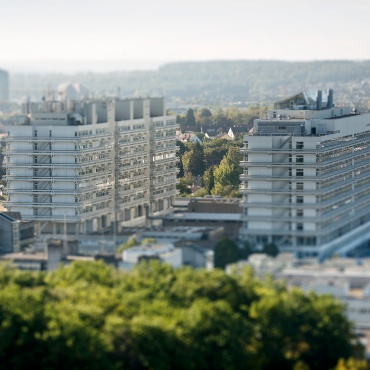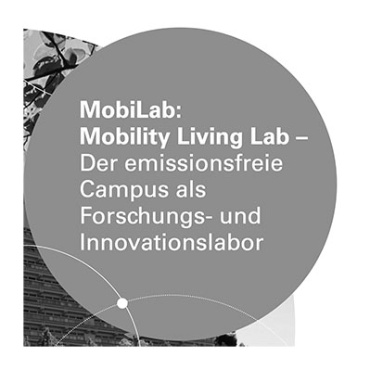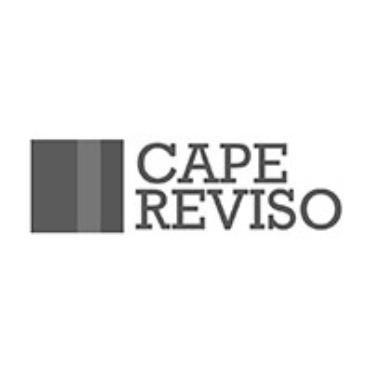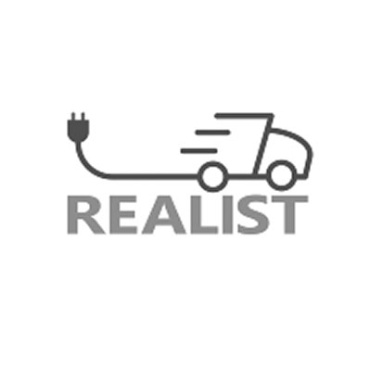A closer look at Real-World Laboratory projects
The University of Stuttgart has played a leading role in developing and shaping Real-World Laboratory research through a variety of high-impact projects, with the participation of individual institutes. The various Real-World Laboratories at the university can tentatively be classified into three broad types. The typologization is based on the analysis of the funding body specifications, the respective project descriptions, and the research literature (following Mbah et al. 2022, Tagung Karlsruhe 2022:46). Some of the university’s Real-World Laboratories meet multiple criteria and cannot be definitely assigned to a single type.
Type 1 The Real-World Laboratory as a format of transformative sustainability research and an innovative model for the cooperation between science and society
Scientists and non-academic actors jointly shape processes of social change. They create experimental spaces in the real world in order to facilitate seeking, testing, and learning sustainable behaviors and lifestyles. These joint research workshops aim at acquiring evidence-based transformation knowledge anchored in social reality for sustainable change.
Type 2 The Real-World Laboratory as a test room for technological innovations, legal and political regulations, and social acceptance
Innovative technologies are tested under real conditions in order to identify regulatory obstacles and find solutions in conformity with the law. The focus is on user and market response, the functionality of innovations, their acceptance by the public, and rapid transfer into practice.
Type 3 The Real-World Laboratory / Living Lab as an experimental research environment / network to create innovation through collaborative testing, co-creation, and co-production
“A Living Lab is an open innovation environment in the real world, where new services, new products, and social infrastructures are created through co-production and in a user-oriented manner. Living Labs encompass both a social/societal and a technical dimension within the framework of a partnership between companies, citizens, governments, and academia” (Schäpke et al 2017: 30 following Kareborn & Stahlbrost 2009, 357).
The success of the first Real-World Laboratory projects and the format’s innovative appeal led to a veritable Real-World Laboratory boom. The term “Real-World Laboratory” is in vogue. Since it is not protected by copyright, it now appears as a designation for various projects and initiatives that test innovations and conduct research in in-situ laboratories, i.e. in real-world space (Das Reallabor Schienenfahrzeuge or Mikroplastik: Schiffswrack und Strand als Reallabor). A shift in emphasis to the area of technological innovations is particularly noticeable.
There are a variety of projects with the label “Real-World Laboratory”, but there are also projects that are basically Real-World Laboratories but deliberately do not use that designation. Moreover, a general public understanding of what constitutes a research project in the Real-World Laboratory format seems to have been consolidated.


